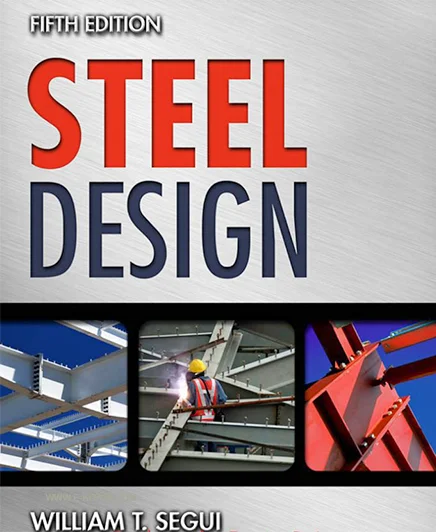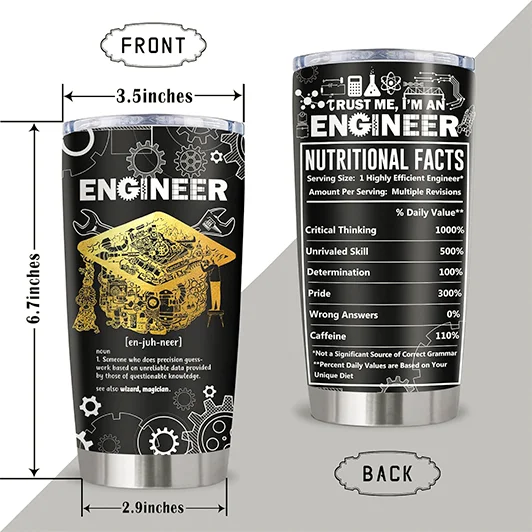Steel Design 5th Edition- For Free

The structural design of a building, whether steel or reinforced concrete, requires determining the overall proportions and dimensions of the framework that supports it and selecting the cross sections of the individual members. In most cases, the functional design, such as the number of stories and floor plan, is done by the architect, and the structural engineer must work with in the constraints imposed by this design.
Ideally, the engineer and architect would work together throughout the design process to complete the project in an efficient manner. Practically, however, the design can be summarized as follows:
The architect must decide what the building will look like; the engineer must ensure that the building does not collapse. This distinction is an over simplification, but it confirms the structural engineer’s highest priority: safety. Other important considerations include service ability (how well the structure will perform in terms of appearance and deflection) and economy.
An economical structure requires efficient use of materials and construction labor. This objective can usually be achieved by designing with the minimum amount of materials required, although savings can often be made by using more materials if they are simpler and easier to construct. In fact, materials account for a relatively small percentage of the cost of a typical steel structure compared to labor and other costs (Ruby and Matuska, 2009).
About the Book
Steel Design, Fifth Edition covers the fundamentals of steel structural design of buildings. Although this book is intended for third-and fourth-year engineering students, some of the later chapters may be used in combined undergraduate and graduate courses. Civil engineers in practice will find this book useful as a reference for current practice or for those requiring are view of current AISC specifications and manuals.
Prestressed Concrete Bridges Hardcover
Structural design is a complex task that integrates many processes. This book does not cover the comprehensive design of a building, but rather introduces some of the “building blocks “for steel structural design. The focus is on the analysis and design of individual members and joints rather than the complete structure. All content in this document has been updated to comply with the latest AISC Specifications and Steel Construction Manual. Its contents include:
- Detailed descriptions of new provisions in the Specifications and Manual.
- A description of framing analysis methods has been added. This reflects the increased emphasis on direct analysis methods in the specification.
- A description of the moment amplification method has been added. Documentation has been added on the use of beam and column tables in the manual.
- New material on bolt shear strength incorporates the latest strength values given in the specification. Slip-critical bolt strengths have also been revised.
- New material describing bolt strength tables has been added. These tables are used in several examples.
- Examples of limit strength analyses for eccentric bolted shear joints have been redone and tied more closely to the tables in the manual. The method used to calculate bolt tension when the load is not in the plane of the joint has been modified to match the method used in the manual.
- Anew emphasis has been placed on the use of lower limit moments of inertia in the deflection calculations.
- The material on composite columns has been revised.
- Anew approach to intermediate plate girder stiffener proportions has been included.
- Most of the issues have been revised.


Lovely
OK بالتوفيق والنجاح الدائم للجميع
Interested please….thank you very much.
I really appreciate the pdf you made available. Thanks